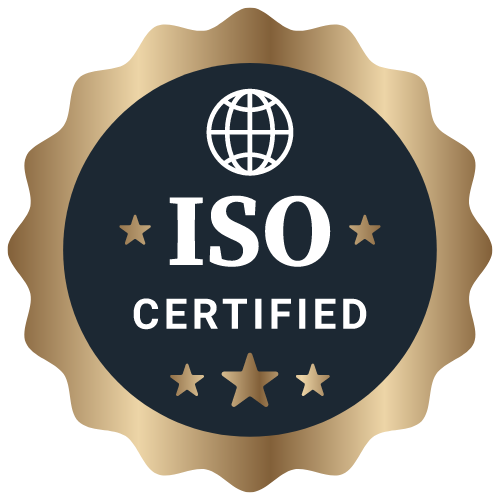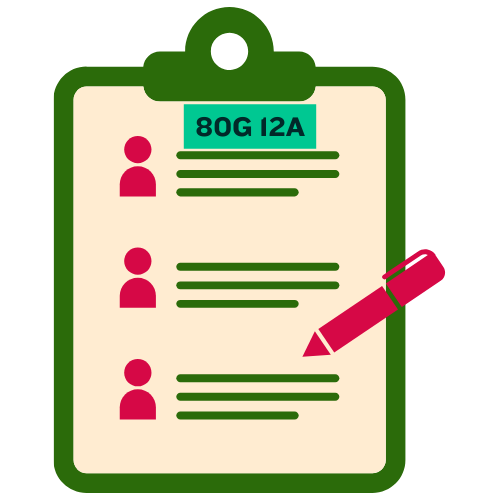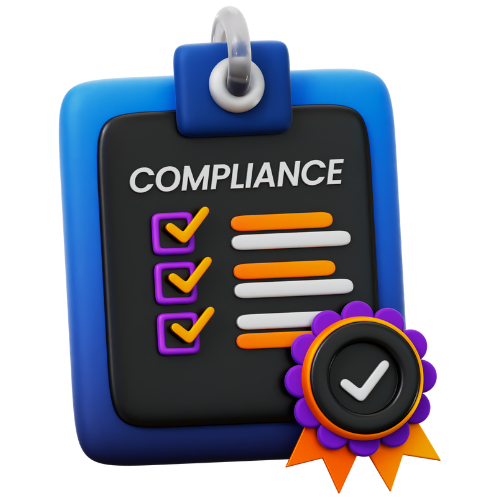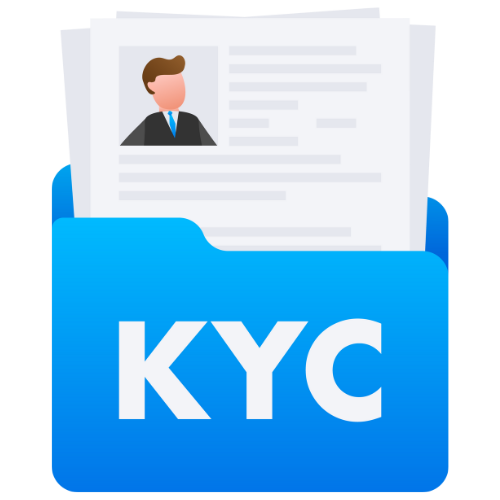A Beginner's Guide to Trademark Registration for Creative Professionals
Learn how to protect your creative work by registering a trademark with this comprehensive beginner's guide. Discover the steps involved, key considerations, and expert tips to navigate the trademark registration process successfully.
A Beginner's Guide to Trademark Registration for Creative Professionals
As a creative professional, protecting your work and brand is essential to your success. One way to do this is by registering a trademark for your creations. Trademark registration not only provides legal protection for your intellectual property but also helps in building brand recognition and reputation. If you are new to the world of trademarks, here is a beginner's guide to help you understand the process:
What is a Trademark?
A trademark is a unique symbol, word, or phrase that identifies and distinguishes your goods or services from others in the market. It can be a logo, a brand name, a slogan, or even a combination of these elements. Trademarks help consumers recognize and trust your brand, leading to increased sales and growth.
Why Should Creative Professionals Register a Trademark?
Registering a trademark provides exclusive rights to use your mark in connection with the goods and services you offer. This means that you have the legal right to prevent others from using a similar mark that can potentially confuse consumers and dilute your brand. Trademark registration also offers protection against infringement and provides a strong foundation for building a distinctive brand identity.
The Trademark Registration Process
The process of trademark registration involves the following steps:
1. Conduct a Trademark Search
Before applying for a trademark, it is essential to conduct a comprehensive search to ensure that your mark is unique and does not conflict with existing trademarks. A professional trademark search can help you avoid potential legal issues and rejection of your application.
2. File a Trademark Application
Once you have confirmed the availability of your mark, you can proceed to file a trademark application with the relevant intellectual property office. The application should include details about your mark, the goods or services it will be used for, and your contact information.
3. Examination and Publication
After filing your application, it will be examined by a trademark examiner to ensure that it meets all legal requirements. If the examiner approves your application, it will be published in the official gazette for a specified period to allow for any opposition from third parties.
4. Registration
If no opposition is filed during the publication period, your trademark will be registered, and you will receive a certificate of registration. The registration provides you with exclusive rights to use the mark in connection with the specified goods or services, giving you legal protection and peace of mind.
Tips for Successful Trademark Registration
Here are some tips to help you successfully register a trademark:
1. Choose a Strong and Distinctive Mark
Select a mark that is unique and memorable to consumers. Avoid using generic or descriptive terms that may be difficult to protect.
2. Seek Professional Help
Consult with a trademark attorney or agent to guide you through the registration process and ensure that your application meets all legal requirements.
3. Monitor and Enforce Your Rights
Once your trademark is registered, it is essential to monitor its use in the market and take action against any infringement or misuse. This will help in maintaining the integrity and value of your brand.
Conclusion
Trademark registration is a valuable tool for creative professionals to protect their intellectual property and build a strong brand identity. By following the steps outlined in this guide and seeking professional assistance when needed, you can successfully register a trademark and safeguard your creations for years to come.
Latest Updates
ca4filings.com Services




























-registration.png)



